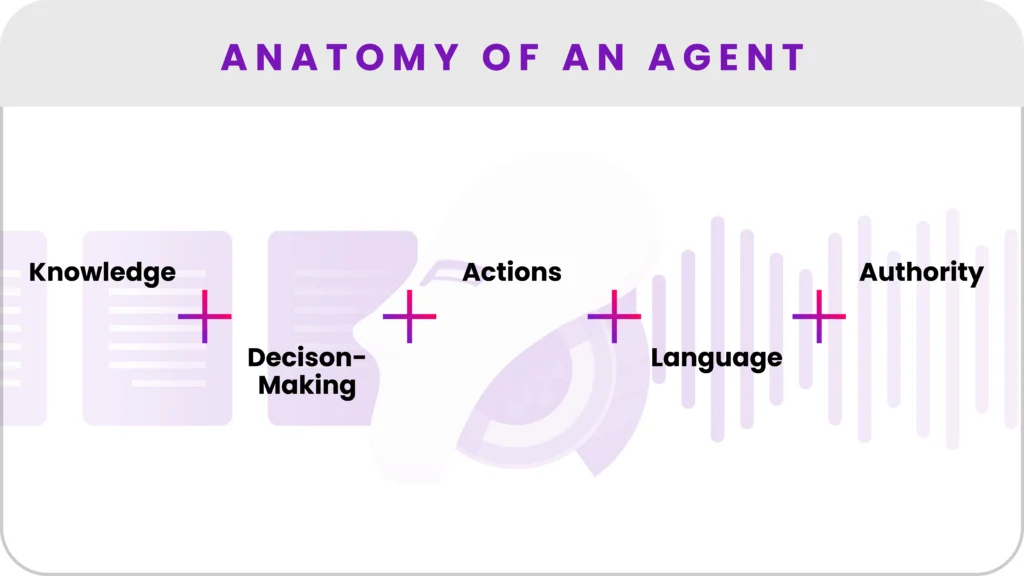The ongoing consumerization of healthcare is shifting expectations around how people access and receive care. Providers have to optimize the patient/customer experience if they want to stay competitive.
How the current generation views healthcare
Statistics show that the use of high-deductible health plans has risen exponentially in the last decade. Amongst other factors, this has driven the sharp rise of consumerism in healthcare, and seen patients evolve from care recipients into participants who play an active role in managing their own health.
In a survey on the consumerization of healthcare, 80 percent of the participants felt that the shift towards greater control of their healthcare was a positive thing. In short, a customer-oriented approach to American health services is not going away. And modern patients want the same things from healthcare that they want from other consumer products: convenience, value and innovation.
This shift toward a market mindset around healthcare is especially true for the younger generation, that has grown up accessing all their services online. Some of the statistics here are staggering. A 2019 study shows that 92% of consumers under 35 go online to find healthcare providers. Even before they reach a doctor’s room, 80 percent of consumers say that they “research most of their diagnosis online.” Any provider who is still offering care on the same terms they were in 1995 is setting themselves up for trouble.
An online-first approach to healthcare has combined with also a consumerist, selective approach to healthcare. The result is that today’s patients are happy to shop around. This is one reason why 24% of millennials don’t have a primary care doctor. Patients now take their time to compare services, assessing convenience, cost, and availability before deciding where to access healthcare.
How can providers respond to the demands of this savvy patient? By following other industries, and leveraging digital platforms in order to enhance the patient/consumer experience.
Disruptive technologies and the consumerization of healthcare
The market has responded to consumer demand for healthcare innovations. This has been visible in the entry of non-traditional players and disruptive technologies in healthcare. Companies such as Amazon and Apple use big data and AI to put critical health information in consumers’ hands (and on consumers’ wrists), with the use of phone apps and wearable devices. CVS is pushing new standards of convenience in healthcare, by connecting patients with primary care physicians, simplifying payments, and offering fast home pharmaceutical deliveries.
One of the most disruptive technologies in healthcare is telehealth, which recently took the spotlight because of the COVID-19 outbreak. Data reveals the volume of telehealth visits increased by 50x between February and April 2020 for some health systems. The data further suggests telehealth will continue to account for 15 percent of total visits through the end of 2020.
What does the boom in telehealth tell us? That patients value communication. A lot. They want to be able to interface with providers on their own terms, in a way that is convenient to them. Given this trajectory, traditional players have no choice but to adopt more customer-focused communication approaches. Key to this aspiration is the embracing of innovations in patient communication technology.
Communication is key to differentiation strategies in healthcare
When it comes to communication, healthcare ranks poorly with consumers.
According to a recent survey, over three-quarters of consumers believe that they should be receiving the same level of communication services in healthcare that they receive when encountering other industries. Specifically, they want the experience to be convenient, responsive, and digitally enabled.
Healthcare consumers are looking for a customized service. From when they make inquiries, to when they receive treatment and subsequent follow-ups, they want the care to be convenient for them.
Communication solutions for healthcare like WELL are powerful ways for providers to respond to the consumerization of healthcare and achieve outcomes like these. WELL enables healthcare organizations to communicate with patients via text, email, phone, and live chat. Providers report better client engagement, reduced no-shows and call volumes, and improved care coordination.
Sansum Clinic, for example, was looking for a better way to engage patients and get feedback. Within three months of using WELL, no-show rates dropped by 19 percent, and appointment confirmations rose by 27 percent. 360 Orthopedics saw an impressive 208 percent ROI with WELL when their no-show rate dropped to less than three percent—half of the industry average.
Another one of the effective differentiation strategies in healthcare that WELL can facilitate is streamlining payment collection. New Mexico Orthopaedics pulled this off by integrating their patient communication platform with SwervePay, allowing patients to pay with ease. Adoption grew quickly, and now, 17 percent of NMO patients pay their copays in advance.
Optimized patient communication is the future of healthcare
Over the last two decades, technology and digital innovations have disrupted almost every industry in the US. eCommerce innovations like Amazon, Uber, and Airbnb have succeeded in empowering the consumer. This power translates to information and choices. And as the pandemic made abundantly clear, providers need digital solutions to enable a satisfying experience for modern patients.
Communication solutions for healthcare like WELL are a powerful way for providers to respond to the consumerization of healthcare and offer the kind of care that patients actually want. The rise of consumerism in healthcare has made patients very discerning. They now utilize digital technology to access healthcare and achieve the power that innovation provides. Health providers can, as a response, enhance the customer experience through embracing digital communication solutions.
Contact WELL Health today to see how a full-solution communication for healthcare can help you and your patients. ♥



